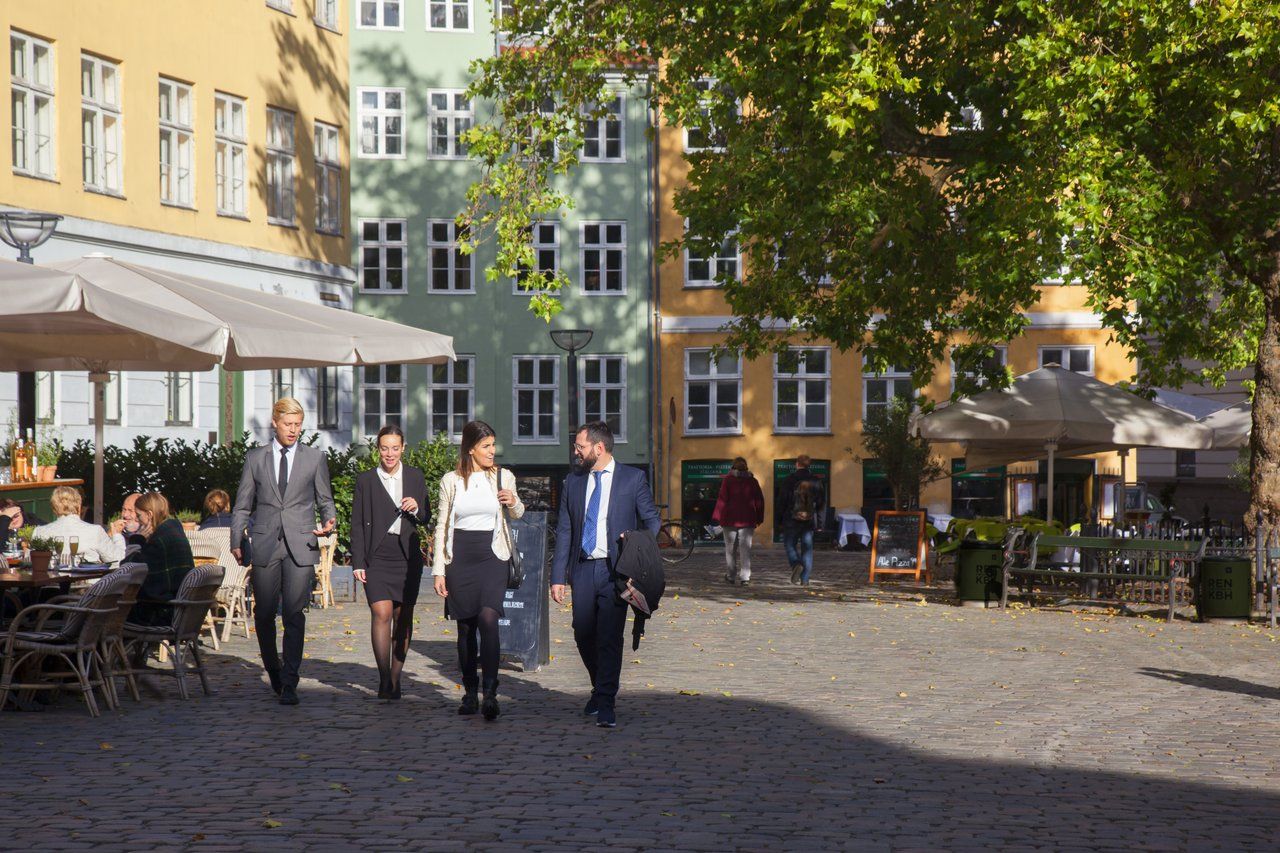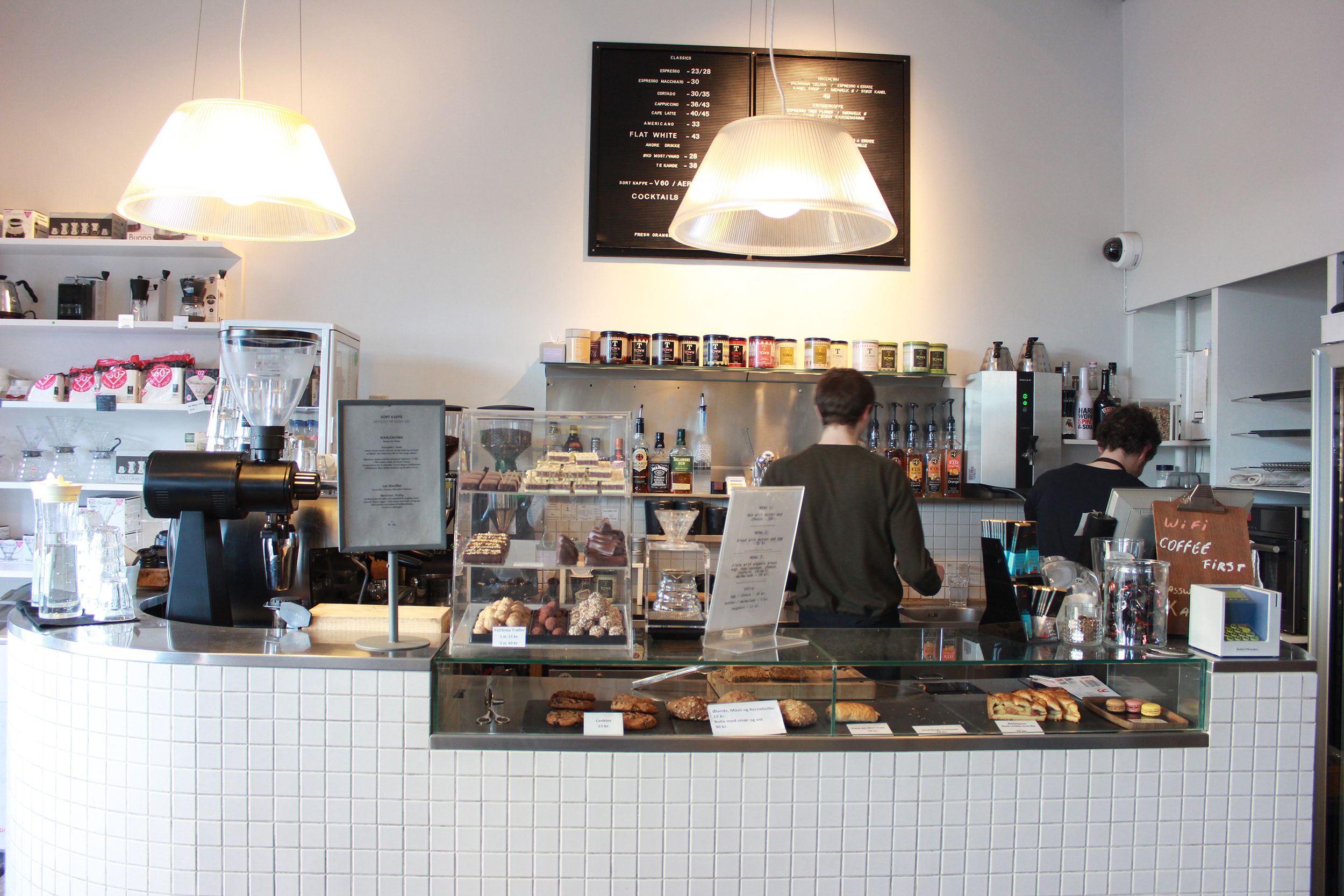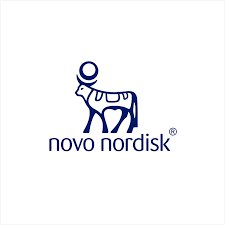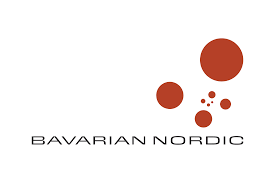Do you know the precise difference between ‘keeps until’ (mindst holdbar til), ‘best before’ (bedst før) or ‘use by’ (sidste anvendelsesdato) when it comes to labels on food?
If not, you are in good company, according to a report presented recently to the European Parliament.
The report revealed that over half the people polled didn’t know the difference between ‘best before’ and ‘use by’, and it was also estimated that around 10 percent of all food waste in Europe is due to confusion about the date markings.
Not past it after all
As a consequence, a number of Danish producers such as Arla, Carlsberg, Løgismose Meyers, Thise and Toms have decided to try adding the words ‘often still good after’ (ofte god efter) to products with the words ‘keeps until’, reports DR Nyheder.
READ ALSO: Danish government to set up food waste think-tank
The food app Too Good To Go is behind the initiative and it is designed to make it clear to people that just because a food product has gone past the printed date, it need not necessarily be thrown out.
It’s common sense really
The Fødevarestyrelsen food authority also points out that ‘best before’ is actually a guideline that has more to do with the fact that the quality of the foodstuff is judged by the manufacturer not to be as good after that date, but it is still safe to eat. It is then up to the consumer to decide whether the product can be consumed or not.
“In the new formulation ‘often still good after’ there is still an element of consumer discretion and it is up to the consumer to use common sense,” said Mette Lykke, the administrative director of Too Good To Go.
Last year Norway introduced a similar system, and the experience so far seems to be positive, although it has not been going long enough for comprehensive studies to have been made.














